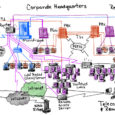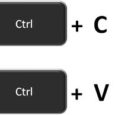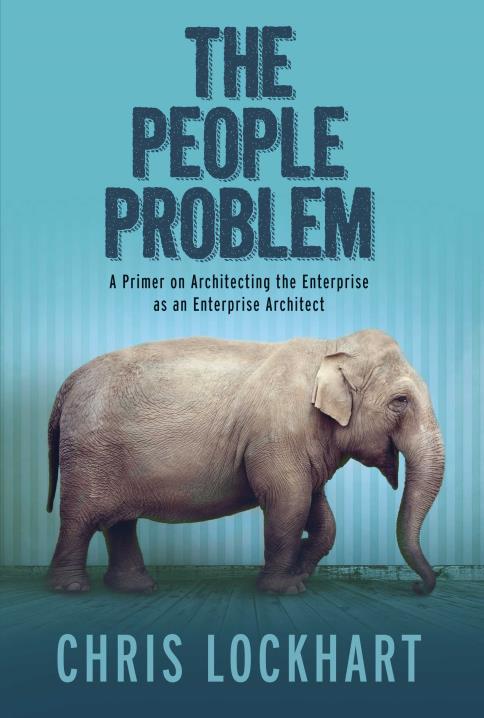- Description
- Chris Lockhart has more than nine years of experience in architecting, implementing, and testing technical solutions for large multi-line corporations representing several different industries. Chris has provided technical advice and thorough implementation strategies for highly complex integrated systems comprising security, middle-tier Web application components, messaging, collaborative middleware, and back-end data sources. He has focused on providing solutions that take advantage of portal technologies and service-oriented architectures (SOAs) to solve real-world problems for clients.
Buy My Book!
Tweeted Wisdom
Load MoreIs it a buggy whip moment for the consulting industry in light of #ai and #llms ? What should you do about it?
Check out the latest episode of Consultants Saying Things... #consulting #consultants
The Consultants Saying Things podcast now has a Patreon site with cool extra content...
Consulting can be a hard profession. Even harder if you don't actively manage your career. In the latest episode of #consultantssayingthings we take a look at the key ways to seize the reins of your career.
Dear @espn , your broadcast of the #gatorbowl, much like your commentary and analysis, is utterly unwatchable. How about an acknowledgement or apology?
 Consultants Saying Things
Consultants Saying Things- Episode 71: The One About The Buggy Whip Moment
- CST’s Patreon Site
- Episode 70: The One About Deliberate Career Planning
- Episode 69: The One About Un-Learning
- Episode 68: The 2023 Christmas Special
- Episode 67: The One About Community
- Episode 66: The One About Disillusionment
- Episode 65: The One About Corporate IT
- Episode 64: The One About Workshop Must-Haves
- Episode 63: The One About Driving Real World Outcomes





